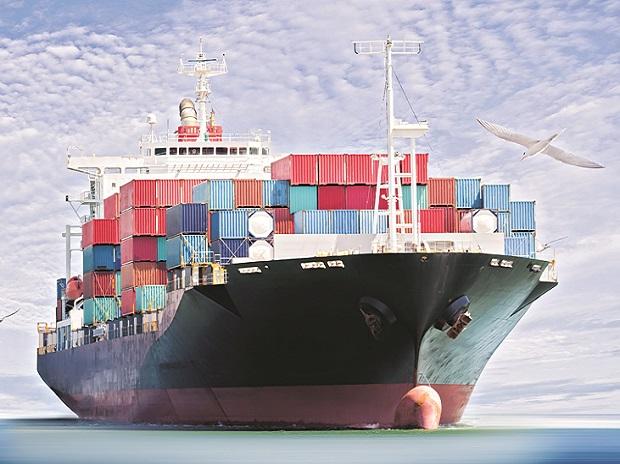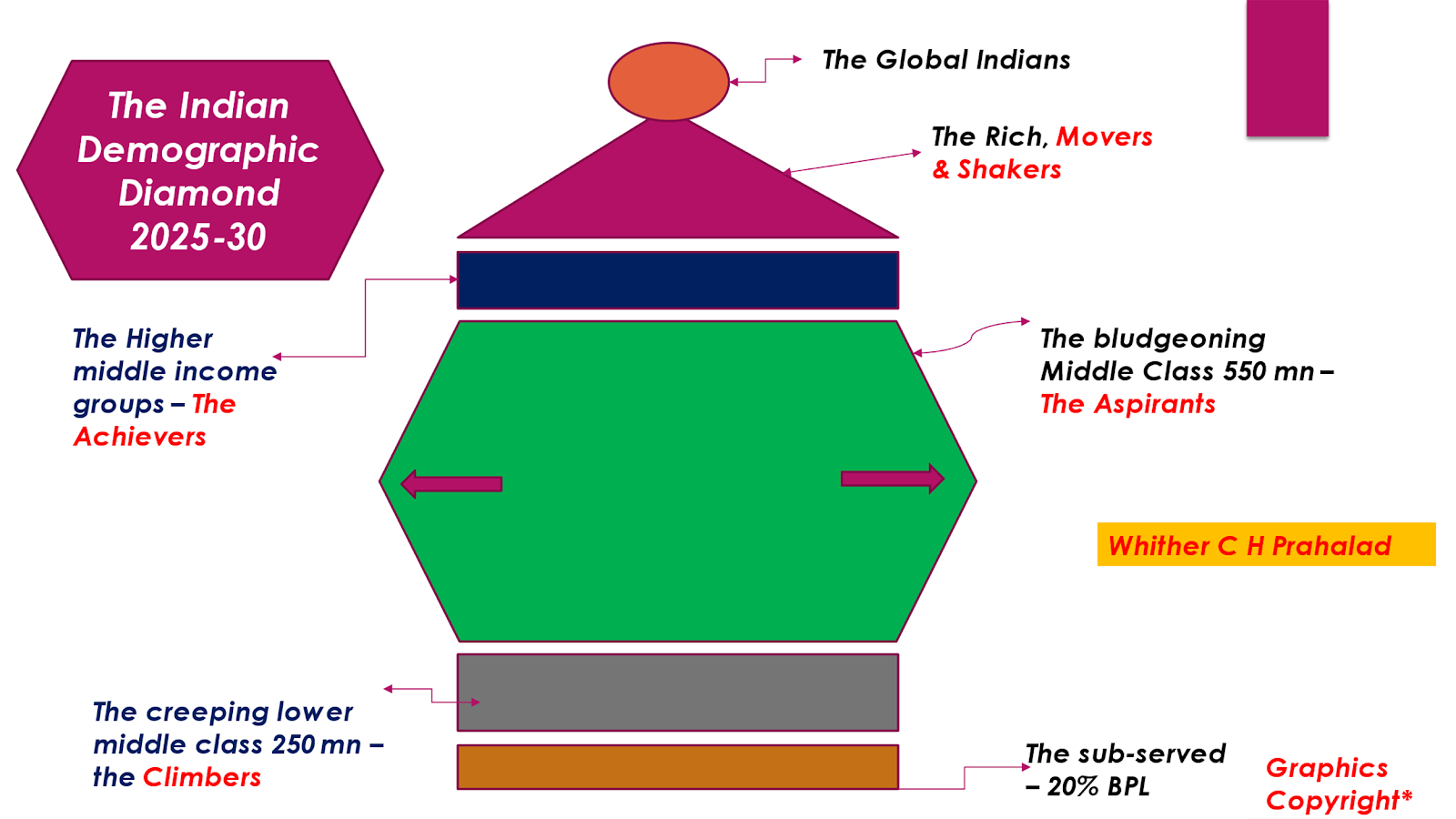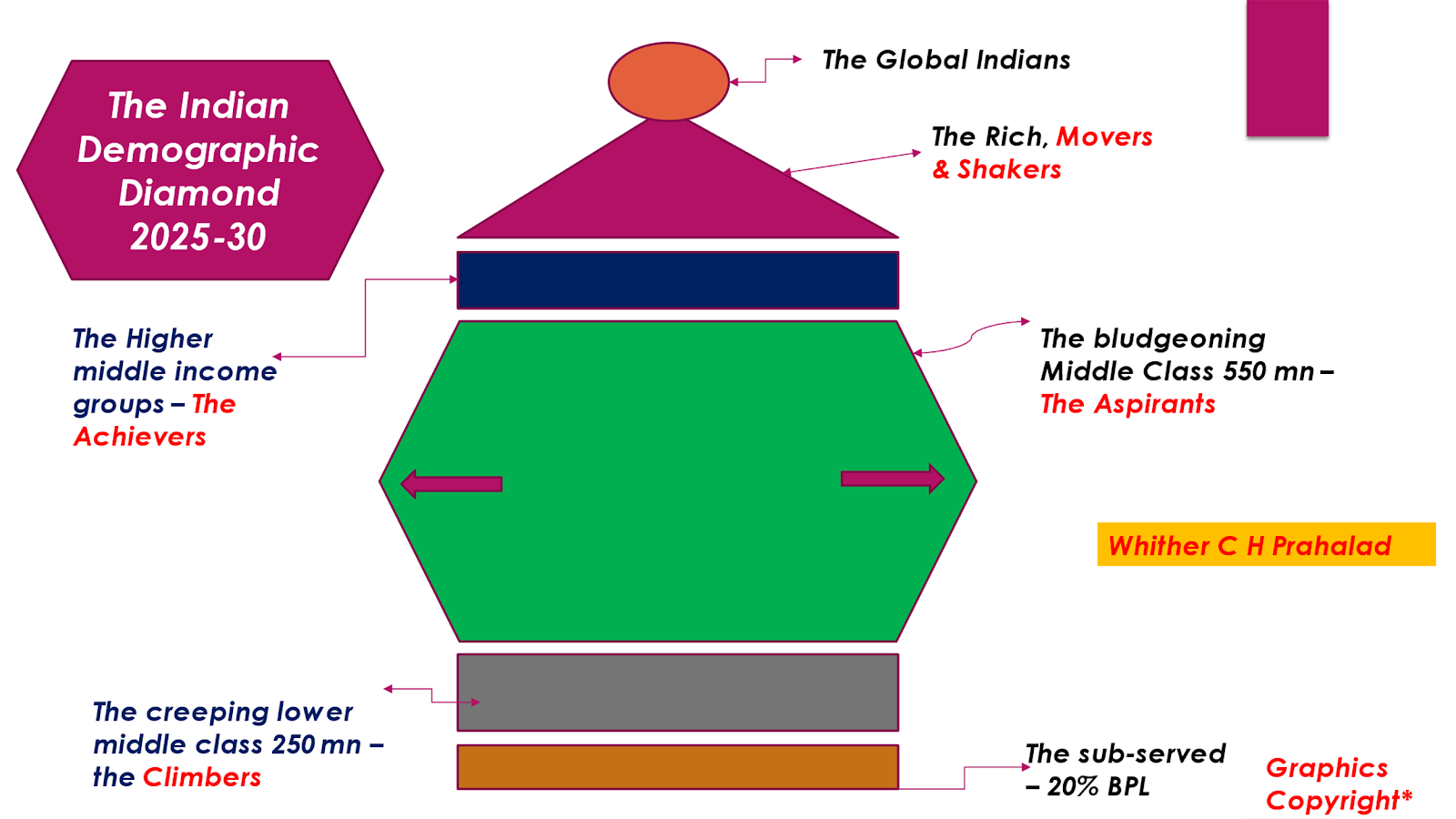You are using an out of date browser. It may not display this or other websites correctly.
You should upgrade or use an alternative browser.
You should upgrade or use an alternative browser.
Indian Economy : News,Discussions & Updates
- Thread starter Butter Chicken
- Start date
-
- Tags
- indian defence forum
Just lookat the tidiness and general sanitation. So much pleasing

India's exports up 6.16% in January; trade deficit narrows to $14.54 bn
Aside from the exports, the trade deficit for January 2021 was estimated at USD 14.54 billion as against the deficit of USD 15.30 billion in January 2020, which is a decrease of (-) 4.95 per cent

Credit Suisse upgrades India to overweight in APAC portfolio
Within Asia Pacific (ex-Japan), Credit Suisse is now biased towards second-phase Covid recovery markets-Korea, India, Australia, Singapore, and Hong Kong
Alright Alright, if any of you live up to 2100 , you can check the video for its veracity. Till then bask in imagined glory.
I have been following up the growth trajectory of both countries and I can say barring any last minute hiccups (which happen quite frequently) India will start decreasing the margin in next 15 years and in next 40 years India will pull ahead of China, at least in PPP figures. Then again that was prediction basis China population increasing to close to 1.45 billion and then reducing back to 90+crore population and again slight increase in population to 1.16 billion by 2060-80 probably. New data gives the figure around 70 crore population for China and 1.20 billion for India. If this new data is correct prediction then China growth is going to have a bumpy ride. My personal observation though.
Alright Alright, if any of you live up to 2100 , you can check the video for its veracity. Till then bask in imagined glory.
The way India’s demography is changing

As our population climbs up the pyramid—now a diamond—into middle class slots, this opens up emerging markets, new customers and new products.
Inclusive growth seeks to broaden the flow of benefits of globalisation towards the excluded sections, to reduce poverty, economic and social disparities and foster balance development. The forthcoming positive demographic dividend throws up a very responsible business opportunity for inclusive growth through public-private partnerships that exploit the favourable macro-economic environment created at this time. The challenge is to define clear visions for inclusive innovations, through inclusive business models. This requires leadership and commitment to develop an eco-system, a culture where public and private enterprises share their future destiny with the under-served, by creating value for them through education, healthcare, financial services, retail, agri business, infrastructure, real estate, contract farming, etc. As our population climbs up the pyramid—now a diamond—into middle class slots, this opens up emerging markets, new customers and new products. The government, corporate India, NGOs, SHGs and start-ups, e-commerce, have the ability to reach remote geographies through technology, empower the rural youth and include them in building inclusive capacity through partnerships and collaborations to create value models and meet demand from the bottom of the demographic layers. The impediments in way of sustainable inclusive growth, need to be removed, such that inclusion, entrepreneurship and creativity become imperative for the progressive improvement in the quality of life of the subserved. This is the opportunity for all stakeholders, to walk on a road less travelled.The graphic accompanying the article is a suggestion as to the direction in which Indian demographics are moving, due to economic development. Various researchers and analytic firms have put out different definitions of Population SEC classes, and the numbers accordingly vary. The purpose here is not to claim accuracy of the maths, or define, but rather to understand the emerging change and its impact on business, agriculture and policy. The Indian population standing presently at 1.38 billion is likely to be 1.50 billion by 2030; more than 50% below the age of 25 and 65% below the age of 35, with the average age being 29-31 years. Females are approx. 944 among 1000 males {Census and Wikipedia sources}.
India’s growth has benefited primarily the urban class and elite sections of society. Yet the majority of around 750 million people, who live in semi urban and rural areas, are deprived largely of basic amenities such as drinking water, housing, healthcare, gainful employment and social status. This population, spread around 643,000 villages in India, struggles for quality living; is not a participating part of the mainstream; and thrives in narrow cocoons of caste, traditions, customs, diktats of village khaps and panchayats, and a collective social order. The media tells them what is happening in their country and in the world, but most remain largely unaffected, in their belief, that in their lifetimes, they may not have the good fortune of aspiring for and living a modern quality of life such as their urban counterparts do. They do not have goals to focus on; skills to back up their dreams and the resources or income to create appropriate employability and manage sustainable family life.
THE CLIMBERS
The BPL is gradually decreasing (20>17%), due to government reforms and schemes, employment opportunities from road and highway infrastructure, small towns urbanization, logistics and impact of all round economic activity. The rural households are creeping up into lower middle groups, slowly but surely, as incomes, from animals, dairy and cultivation, supported by migrant labour and working family member/s, gradually increase. The outcome is more pucca houses, toilets, consumption of FMCG, and purchase of cycles or two-wheelers and second-hand durables, such as TV. Availability of subsidized cooking gas and electrification of villages, road infra, has given a positive impetus. Primary and college education has helped immensely too. With industrial and service sector growth, employment opportunities have increased. The booming internet connectivity and telecom spread, has acted as the catalyst also to the lower demographic layers of the Diamond. They are the climbers.
THE ASPIRANTS
Small and medium enterprises, agriculturists, traders, shopkeepers, salary earners, workmen, the technology service providers, government employees, teachers and medical health personnel, and others, fill up the middle-class boom—bloating both sides, to carve out a diamond type shape, from the erstwhile pyramid. This segment is highly aspirational and desires a good quality of life, in every sense. The youth in this segment, wants to own assets, acquire new skills. They seem less afraid of uncertainty, are ready to experiment with opportunity. Higher education has helped. The elders in the family have accepted that their children need freedom to fly out and make their own identity in the world. Many skilled men and women belonging to this middle class also manage to go abroad, do well for themselves, both economically and socially. Others make a beeline for small nearby towns, as well as to technology hubs and metros. They are the aspirants.
THE ACHIEVERS
The “Demonstration Effect” percolates down from the higher income groups, that manage MSME and organized industry, exports, services, builders, hospitals and nursing homes, doctors, lawyers, consultants, professionals, NGOs, entertainers, food & beverage industry, and modern retail and trade owners, media, and much more. They are the achievers.
MOVERS & SHAKERS
India is producing billionaires; start-ups qualify to become unicorns; large industrial houses are expanding and making global alliances and partnerships; Make in India initiative by Government is attracting investments and the rich are becoming richer. This class are the early adopters of technology; represent a neo-Indian fusion of Indian and Western cultures, and are resourceful enough to foster entrepreneurship and innovation in various sectors. This highly educated class provides mass employment opportunities to skilled people, is diversified into many fields for manufacturing, marketing, services, export, media, entertainment and technology. India is the Vaccines Global Partner in Covid-19 pandemic; leader in pharma; a renowned IT service provider and the hub of skilled human resource to the world. They are the movers and shakers.
The view from the top is amazing, and increasingly, Indians are aspiring to reach there, spreading their influence and work across the world. They head industry, manage R&D, market and lead cross culture globalization initiatives. Government officers in various services and institutions, spearhead cooperation with partner countries. Indeed, such families and individuals, could be termed as Global Indians.
RISE OF WOMEN POWER
Across all the above layers and classes in the pyramid, women have emerged as a major new driving resource. Rural women are raising their heads, getting some education, finding employment, contributing to household income. More skilled ones are migrating to small towns. Urban women are already well set in the economic mainstream and aspiring for leadership roles. So women are working with retail, BPOs, banking, telecom, diverse services, research, marketing, healthcare, insurance, financial inclusion and medical services. They are becoming change agents, unafraid and aggressive, but yet evolving. This is a huge phenomenon—the rise of women power in India. Imagine in future, when the majority of women, forming 48% of the population, start contributing to productivity, profitability, quality, and creativity, to the national economy, the outcome will be for the world to envy.
RURAL LANDSCAPE CHANGING
Rural landscape is changing, as it has never done before, because economic growth has reached a critical mass required to propel change in the hinterland. Most sectors, durables, FMCG, telecom, internet, services, etc., are outperforming urban markets, with market share of 45% to 55% in rural markets. Infrastructure is changing the face of the countryside. Communications are just a mobile phone away. Digital revolution has been embraced by the rural youth. Rural farm and non-farm incomes are up, droughts notwithstanding. Technology and solar are invading rural households.
The rural youth is sticking its neck out to view the country and the virtual world. Thus the middle class will climb up the pyramid, slowly but surely, reaching out to inclusive offerings of products and services. Traditions and customs will fragment as nuclear families increase in rural India due to job constraints. The grey of rural will merge with whites of the urban, with the rural-urban divide becoming hazy.
The need for food security for 1.5 billion people in the future will drive farmers and the stakeholders to increase farm yields, manage post-harvest storage and protection, distribution logistics, and be part of the rural value chain. E-governance and e markets will lead to better transparency in mandis and hasten farm to retail for farmers. Technology platforms will give a never-before-seen booster shot to the rural landscape. Demand for products and services of all kinds will multiply and lead to profitable opportunity for business. Managing farming, technology, along with capital, credit and distribution will be key issues.
Consumer behaviour in rural households will change as well—learning to adopt modern practices that offer value, shaking old beliefs aside, and becoming ready to accept the rains of change that the clouds of inclusion will shower on the hinterland. Rural people will want to imbibe urban ways, but their thinking will be quite their own, influenced by their upbringing, family background and local ethos. To reach their hearts, one must evolve from among them; inclusion thus is both a science and art.
The direction to go, inevitably, is to empathise with the poor, do business around shared destiny, then think and innovate, discover and experiment, set time frames and budgets, and commit to improve the villager’s life. Government is doing what is required; industry and institutions must support its efforts and embrace rural India; walk down its dusty tracks; debut brands in the marketplace; support skill building projects; make their operations participative and inclusive of the rural population and aligned with agricultural tapestry in the country.
Mahatma Gandhi said “True India lies in its 7 lakh villages; if the villages perish India will perish too.”
Capacity building for inclusive growth, it is hoped, will embrace small towns and villages in India, and make them participate in winning partnerships that bring a smile to the faces of its 800 million people. Then the “India Shining” story will really become real and live.

The way India’s demography is changing - The Sunday Guardian Live
As our population climbs up the pyramid—now a diamond—into middle class slots, this opens up emerging markets, new customers and new products. Inclusive growth seeks to broaden the flow of benefits of globalisation towards the excluded sections, to reduce poverty, economic and social disparities...
www.sundayguardianlive.com

